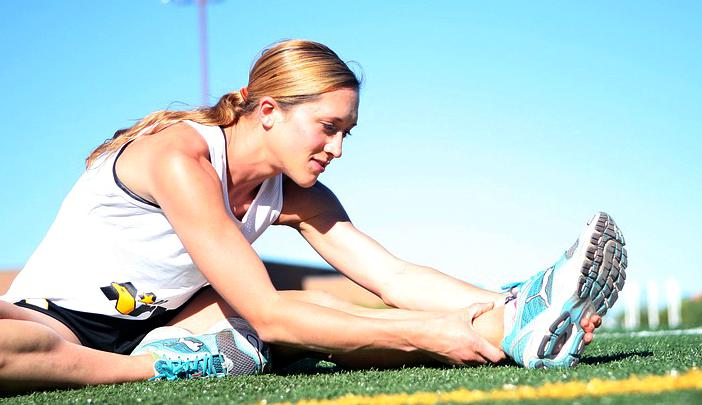Running is positively connected with many heath related benefits to the lowered risk of premature deaths, stronger cardiovascular system, reduced risks of obesity, and improvement of many chronic health problems. One of the most popular running forms is the long distance one. It attracts millions of people every year by becoming one of the best ways to exercise while having fun and keeping your weight goals active! All runners, who are able to maintain a successful running experience through long periods of time, they know one simple thing: a runner will always have to face pain and discomfort. This is especially true when you’re running and training for a marathon, half marathon or other running events. But injuries can occur even to newbies that have just began to explore this dynamic, yet amazing and interesting physical activity.
Since it is almost certain that professional and amateur runners will be prone to at least some of the most common injuries, there must be some things to help preventing them at a curtain point. But, how can you understand them in time and what should you do when facing these consequences? Well, before going there, we would like to get to know you with some of your possible future injuries so you can at least be able to explain that to your doctor before he does. And then, give you the best recommended solutions.
Knee pain
Also known as runner’s knee, this syndrome means you get to experience a pain around your kneecap. This is very a common condition which happens almost to everyone. It is caused by the repetitive, powerful pounding moves on the ground. It causes muscles imbalances due to the fact this move, puts extra stress on the kneecap.
Treatment: to reduce this knee pain or even prevent it, experts recommend using a knee brace. Also, you can take some anti-inflammatory medications and cutting off your running miles for a while. Try to skip downhill running because it can potentially worsen your knee condition. Stick to flat terrain or an uphill one.
Stress fracture
When your leg bones cannot handle a certain amount of force on them, then, the stress fracture happens. This condition indicates some small bone cracks which are caused by the repeatedly strong moves. The continued stress on your bones can lead to some serious injuries. This condition, caused by working too hard in a short amount of time, can be easily prevented.
The solution: Take some rest. When dealing with high intensity activities, like running, all changes must be gradually made. Taking some days off to let your muscles rest and bones recover is a very smart thing to do. One of the recommended potential solutions is by including cross training in your activity schedule. Also, wearing proper shoes and taking calcium to strengthen your bones, help prevent this possible injury.
Muscle pull
A pulled muscle is caused when their fibers and tendons are overstretched. The most common areas you get to have a pulled muscle are on your hamstrings, calf and quadriceps. This might seem as a common injurie that is easily treaded, but, if you underestimate it and keep pushing yourself harder and harder, then, it may cause you some unexpected damages on your muscles.
To prevent it: you need to never skip the warm up routine. The reason warm up exercises are done are because they can potentially prevent possible muscle injuries and prepare your cardiovascular system for the upcoming activity. Don’t overuse your running abilities. Take some rest and work a little on your flexibility.
IT, Iliotibial band syndrome
ITBS or IT is the condition when you feel a strong pain on outside of your knee due to the inflammation of this Iliotibial band. For you that may not know, it is a think tendon which stretches right from the pelvic bone and goes to your thigh. When this alignment thickens and rubs your knee bones, it causes this IT syndrome. If this is left untreated, you may even go under the knife. The most common causes of this condition are the lack of appropriate stretches before and after the running, when you increase your mileage too quickly and also, downhill running.
Solution: we think you already know what to do to prevent this syndrome. Make your changes more gradual by not overstressing your bones and muscles. Doing some advanced and specific stretches will also do the trick.












